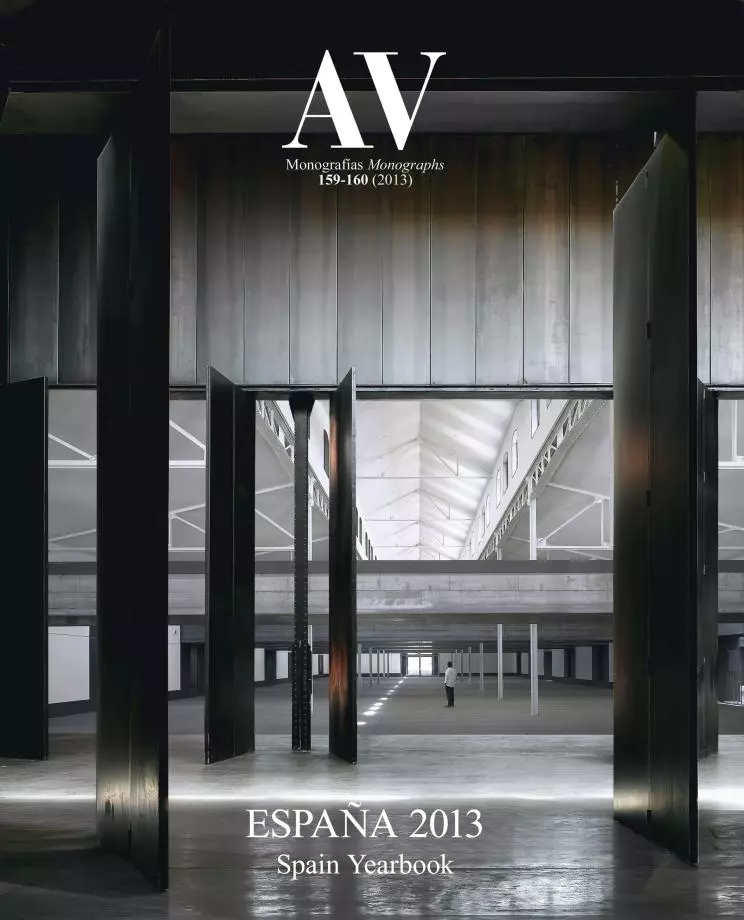
1921 - 2012
An architect, critic and historian of the second half of the 20th century, Alan Colquhoun belonged to the group of British professionals – with James Stirling, Colin Rowe and the Smithsons – who after World War II tried to reconcile modern architecture with the principles of social justice. Starting from the positions of New Brutalism and ever wary of high-tech, he eventually veered toward a more theoretical stance that allowed putting architecture in a broad context of historic influences and continuities. Fruits of this posture were Essays in Architectural Criticism: Modern Architecture and Historical Change, Modernity and the Classical Tradition and The Oxford History of Modern Architecture, a trio of books that are indispensable references. Trained at the Architectural Association in London, where he taught for two decades, Colquhoun joined the ‘Brtitish School in Exile’ when he settled at Princeton, where he was fundamental to a whole generation of architects. Colquhoun was also the author, with John Miller, of sedate modern buildings raised in the period 1961-1989.





